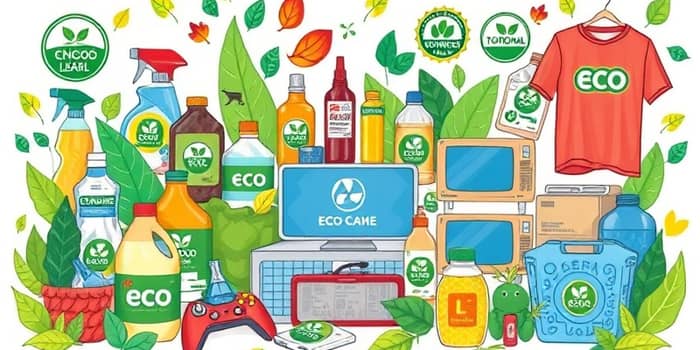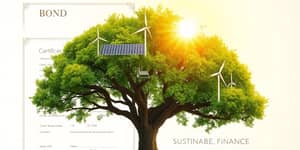In a marketplace filled with green claims, eco-labels serve as beacons of genuine environmental performance. These marks inform consumers which products or services meet specific sustainability standards. However, not all eco-labels are equally reliable. Understanding their types, criteria, and certification processes is key to distinguishing credible schemes from mere marketing tactics.
Defining Eco-labels and Their Purpose
Eco-labels are certifications awarded to products or services that align with rigorous environmental benchmarks set by third parties. They offer a clear signal that an item has reduced its ecological footprint through energy efficiency, responsible sourcing, or waste reduction.
Their primary purpose is to help consumers make informed choices while promoting sustainable production and consumption patterns. By highlighting verified achievements, eco-labels also encourage businesses to innovate and adopt greener practices.
Types of Eco-labels
Eco-label schemes are commonly categorized into three types based on their level of oversight and transparency. Each type carries different weight in terms of trustworthiness and detail.
- Type I (Third-party, Multi-criteria, Voluntary): Governed by ISO 14024, these labels require compliance with comprehensive environmental standards and independent audits.
- Type II (Self-declared Environmental Claims): Manufacturers make their own claims without external verification, increasing the risk of unsubstantiated statements.
- Type III (Environmental Product Declarations): Provide transparent, quantified data using life cycle assessment but do not rank products comparatively.
The Certification Journey
Securing a credible eco-label involves a step-by-step certification process. It begins with a company conducting preliminary research to ensure its product meets established criteria, often involving a life cycle assessment methodology.
Next, the manufacturer prepares detailed documentation and environmental impact studies, submitting all evidence to the certification body. This phase may include product testing in accredited labs and on-site inspections. Finally, the certifier reviews results, audits processes, and grants the label only upon successful verification.
Global Examples of Credible Eco-labels
Several well-known eco-labels demonstrate the variety and reach of trustworthy schemes around the world.
Evaluating Trustworthiness
Not all eco-labels are created equal. The most reliable labels adhere to independent third-party verification process, maintain publicly available standards, and undergo regular updates. ISO 14024-aligned schemes and those recognized by the Global Ecolabelling Network (GEN) rank highest for credibility.
Conversely, self-declared claims and obscure logos can lead to unsubstantiated or misleading environmental claims, a practice known as greenwashing. Consumers should be wary of overused buzzwords and vague promises lacking verifiable data.
- Look for ISO 14024-standard labels issued by accredited bodies.
- Check membership in the Global Ecolabelling Network for recognized schemes.
- Review available transparent, detailed environmental data such as Environmental Product Declarations.
Scale, Trends, and Future Outlook
Eco-labeling has grown into a global movement, with thousands of certified products spanning numerous categories. While national and regional labels remain prevalent, there is a clear trend toward harmonizing standards internationally to streamline processes and reduce consumer confusion.
As governments and corporations set more ambitious climate targets, the demand for robust certification will only increase. Innovations in digital tracking and blockchain may further enhance transparency and trust in the years ahead.
Conclusion
Eco-labels play a crucial role in steering markets toward sustainability, but their value depends on the integrity of their standards and oversight. By learning to identify credible labels and understanding the certification process, consumers can make impactful choices that support environmental stewardship and drive broader change.
References
- https://www.numberanalytics.com/blog/eco-labeling-in-eia-comprehensive-guide
- https://www.ecolabel.org/en/eco-label/eco-label-sertifikasi-nedir/
- https://www.epa.gov/greenerproducts/introduction-ecolabels-and-standards-greener-products
- https://www.ecolabel.net/en/
- https://www.ecolabel.com/en/how-to-get-an-eco-label
- https://environment.ec.europa.eu/topics/circular-economy/eu-ecolabel/how-apply_en
- https://knowledge.exlibrisgroup.com/Alma/Product_Documentation/010Alma_Online_Help_(English)/010Getting_Started/050Alma_User_Interface_%E2%80%93_General_Information/Searching_in_Alma
- https://globalecolabelling.net/about/what-is-ecolabelling/










